



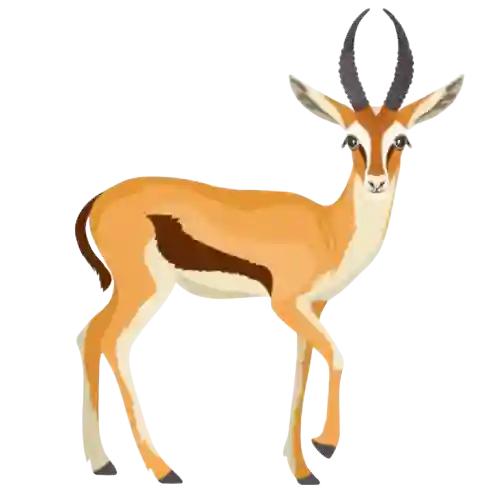














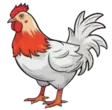
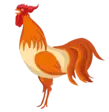

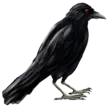




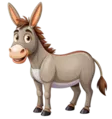




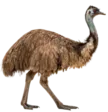




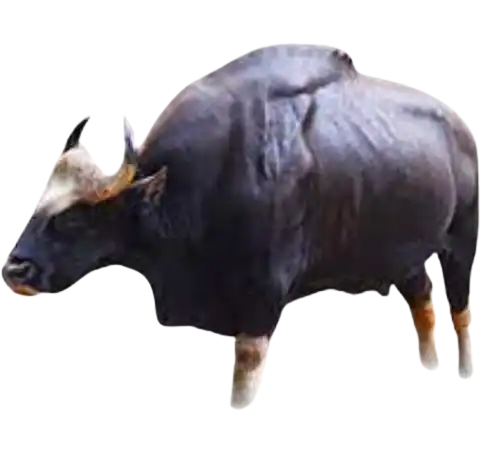


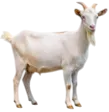








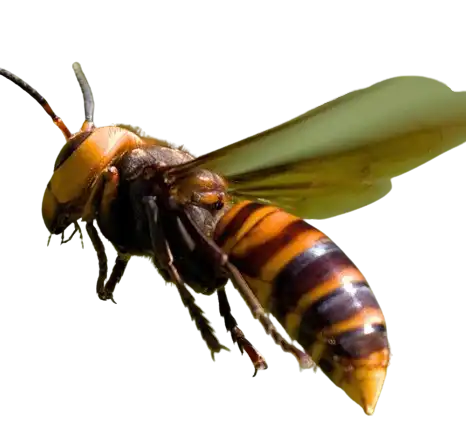


















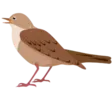



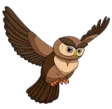











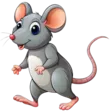





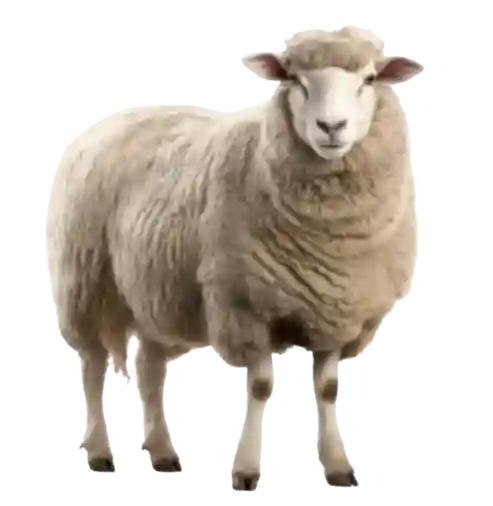





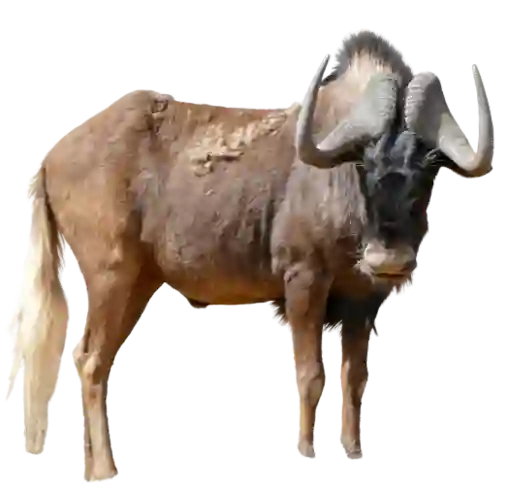



Table of Contents
Animal Sounds:
Animals make sounds to talk and show their feelings. Every animal has its own sound. Dogs say “woof,” cats say “meow,” cows say “moo,” and ducks say “quack.” Birds sing or chirp. These sounds help animals call friends, find food, or say they are happy or scared. Sometimes animals make noise to warn others or find a mate. People can learn what animals want by listening to these sounds. It helps us take care of animals and be kind to them in below we have added a picture where you can see an animal picture and symbols.
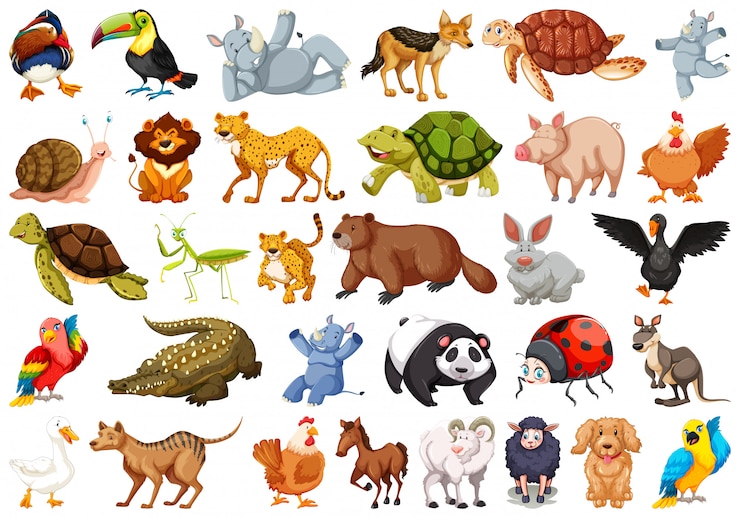
Learning of Sounds for Kids
Learning Animal Sounds is fun and helps kids understand animals better. When kids know that a dog says “woof” or a cow says “moo,” they can enjoy stories and songs more. It also helps them talk and listen well. Knowing animal sounds makes learning fun and helps kids grow smarter. They can play games, sing songs, and watch videos to learn. It also helps them love animals and know how animals talk. Learning animal sounds is a great start for kids.
Types of Animals
There are many types of animals in the world. Some animals live on land, like lions, elephants, and dogs. Some live in water, like fish, dolphins, and whales. Birds fly in the sky, like parrots and eagles. Insects are small animals, like ants and bees. Some animals are pets, like cats and rabbits. Wild animals live in forests. Farm animals, like cows and goats, help people. All animals are special and live in different places around the world.
Domestic Animals vs Wild Animal
Wild animals live in forests, jungles, or mountains. They find their own food and live without people. Lions, tigers, elephants, and deer are wild animals. Domestic animals live with people. They need care and food from humans. Dogs, cats, cows, and goats are domestic animals. Wild animals can be dangerous, but domestic animals are usually friendly. Domestic animals can help people by giving milk, guarding homes, or being pets. Wild animals are fun to see in zoos or nature. Both are important.
FAQs
1. Why do animals make sounds?
Animals make sounds to talk to each other. They might be saying, “I’m here,” “Stay away,” or “I’m hungry.” Some sounds help them find friends or warn about danger. Each sound has a special meaning that helps animals live and stay safe.
2. What are some common animal sounds?
Some common animal sounds include: dogs say “woof,” cats say “meow,” cows say “moo,” ducks say “quack,” and sheep say “baa.” These sounds help us know which animal is making the noise and what they might be feeling or doing.
3. Do all animals make sounds?
Not all animals make sounds we can hear. Some animals, like snakes, hiss. Others, like butterflies, are quiet. Some animals use movements or colors to communicate instead of sounds. But many animals do make sounds to talk to each other.
4. How can learning animal sounds help kids?
Learning animal sounds helps kids listen carefully and learn new words. It makes reading and speaking easier. When kids know that a cow says “moo,” they connect pictures with sounds, which is an important step in learning to read and talk.
5. Why do some animals make loud sounds?
Some animals make loud sounds to scare away enemies or to find friends. For example, lions roar to show they are strong, and elephants trumpet to call their group. Loud sounds can help animals stay safe and connected.
6. Can animals understand each other’s sounds?
Yes, animals can understand the sounds of their own kind. For example, birds can tell if another bird is happy or warning about danger. These sounds help animals live together and know what is happening around them.
7. Do baby animals make the same sounds as adults?
Baby animals often make softer or different sounds than adults. As they grow, their voices change. For example, a puppy’s bark is higher than a grown dog’s. Learning to make the right sounds helps them talk to others.
8. Can people imitate animal sounds?
Yes, people can try to make animal sounds for fun or learning. Saying “meow” like a cat or “moo” like a cow helps kids learn about animals. It’s also fun to play games and sing songs using animal sounds.
9. Why do animals make different sounds in different places?
Animals might make different sounds depending on where they live. For example, birds in one country might sing differently than birds in another. Also, people might describe animal sounds differently in various languages, like “cock-a-doodle-doo” in English or “kikiriki” in Spanish.
10. How can I learn more about animal sounds?
You can learn more by reading books, watching videos, or visiting farms and zoos. Listening to animals and practicing their sounds is fun. There are also games and songs that teach animal sounds, making learning enjoyable and easy.
